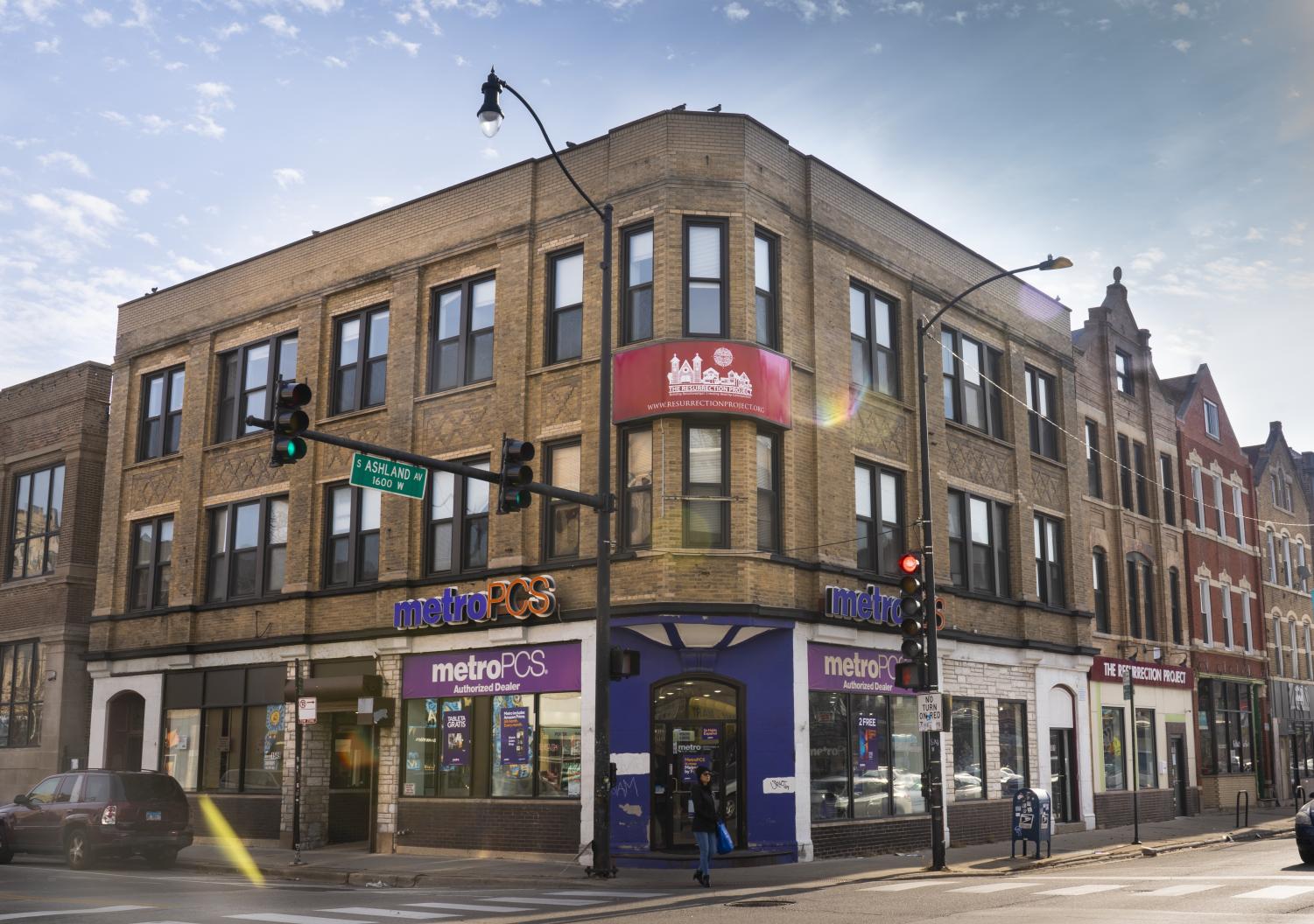Yo cuento: Some Chicago neighborhoods ‘hard to count’ in census
December 7, 2019

The U.S. Census Bureau has labeled Pilsen as one of the hardest to count communities due to low self-response rates.
Leading up to the 2020 census, Ald. Byron Sigcho-Lopez (25th Ward) is going door to door in the neighborhoods he represents to spread awareness about the importance of participating in the census.
“I do hope at every level of government we, as public officials, come out, we door knock, we go door-to-door, block-by-block, neighborhood-by-neighborhood, city-by-city across the country to make sure we do what is right and constitutional, which is making sure that everyone is counted,” Sigcho-Lopez said.
As many as 2.2 million people among the Hispanic and Latinx community will be undercounted in the 2020 census, as projected by the Urban Institute, a nonprofit research organization.
The census is a constitutionally mandated count of every person living in the United States, helping the federal government keep track of population, determine the amount of federal funding state and local governments are given and the number of seats each state has in the U.S. House of Representatives.
According to a U.S. Census Bureau population estimate in July 2018, 29% of Chicago’s population, or approximately 785,000 people, are classified as Hispanic or Latino. Due to language barriers, lack of information and distrust of the government, some individuals either choose not to fill out their census surveys or are not able to, Sigcho-Lopez said.
Sigcho-Lopez represents some of the hardest geographic areas to count for the census in Chicago, including the Pilsen neighborhood.
A geographic area is dubbed as “Hard to Count” by the U.S. Census Bureau if it had a self-response rate that was 73% or less in the 2010 decennial census, according to the Illinois Department of Human Services.
In the 2010 census, approximately 60% of households in the Pilsen neighborhood mailed back their surveys, causing the area to have one of the lowest self-response rates in the country, according to the U.S. Census Bureau’s Hard to Count Map. The remaining households were either counted with an in-person “non-response follow-up” or not counted at all, according to the IDHS.
If these areas are undercounted, they could lose out on key federal services, including the Medical Assistance Program, the Supplemental Nutrition Assistance Program, Section 8 Housing and the Federal Pell Grant program, to name a few, according to the U.S. Census Bureau.
Undergraduate students can be awarded the Federal Pell Grant if they display exceptional financial need.
A 1% undercount would result in Illinois losing approximately $19.6 million per year, resulting in a total loss of $195.6 million for 10 years, according to IDHS.
Those who fill out the census form are asked to provide information about every person living in the household: name, relationship, sex, age, date of birth, race and whether they are of Hispanic origin or not.
According to a March 15, 2010, Pew Research Center article, the U.S. Census Bureau added a new question to the 2010 census survey because college students were not sure whether to be counted at their college or home address.
To avoid counting college students twice, the census now asks “whether each person listed as living in a household sometimes lives or stays somewhere else. For those who answer ‘yes,’ the options include ‘in college housing,’” according to the Pew Research Center article.
In early 2018, the Trump administration proposed adding a citizenship status question to the census—a proposal the U.S. Supreme Court ultimately struck down in June.

Yadira Ramirez, who works at Panadería Nuevo León, 1634 W. 18th St., in Pilsen, believes in the importance of of participating in the census.
Yadira Ramirez, an employee at Panadería Nuevo León, 1634 W. 18th St., in Pilsen, said she participated in the 2010 census and plans to fill out the survey online in the upcoming count.
Ramirez said she is glad adding the citizenship question was denied by the Supreme Court because it is more important to know the number of people in the country, rather than their documentation status.
Sigcho-Lopez said the immigration policies of the Trump administration have exasperated fears within immigrant communities, and added it is especially important vulnerable communities are properly counted.
“People are afraid of leaving their homes, afraid of opening their doors, so now the fear has reached unprecedented levels,” Sigcho-Lopez said. “It will have tremendous implications if we are not counted [and] those resources do not reach the areas where there is [the] most need.”
To better reach those areas in need, for the first time ever in 2020, households will be able to fill out the census survey online and by phone, with instructions received by mail. In years past, the only option was to return the survey by mail, which is still an option for the 2020 survey.
However, a resident like Deloria—a Pilsen local who requested only her first name be used, given the contentious subject—will return her census survey by mail, as she does not have internet access in her home.
Deloria is not the only one without internet access, making it more difficult to participate in the census.
According to a 2013-2017 American Community Survey—a survey conducted by the U.S. Census Bureau that gathers housing and population information in 4-year increments—approximately 23% of households in the 4th Congressional District had no internet access. The 4th Congressional District encompasses portions of the South and West Sides of Chicago, including Pilsen.
Natalia Escarpita, another Pilsen local, said she participates in the census because she thinks it is “mandatory for us Christians,” in reference to the Gospel’s mention of Jesus participating in the Census of Quirinius, she said. She added that it is also important for funding for communities.
Despite her support for the census, she said undocumented immigrants are justified in being wary of the process.
“You cannot blame them,” Escarpita said. “You wouldn’t do it if you were illegal; you would take your precautions.”







